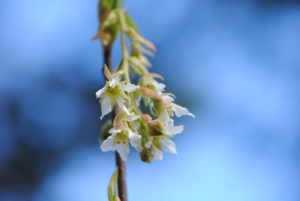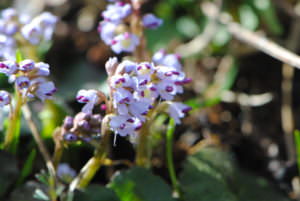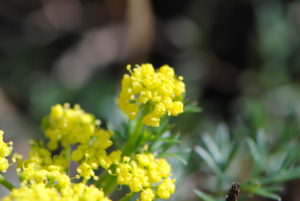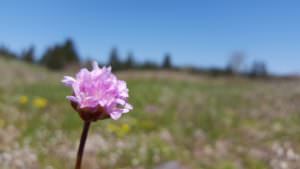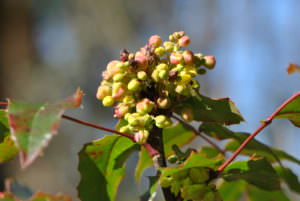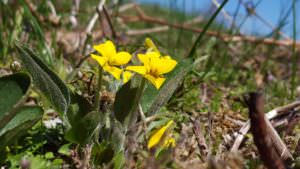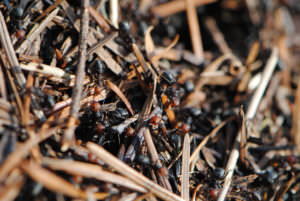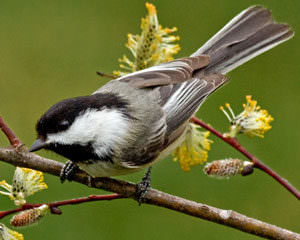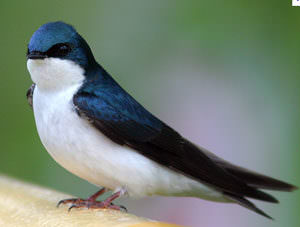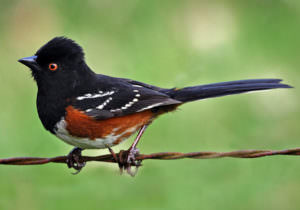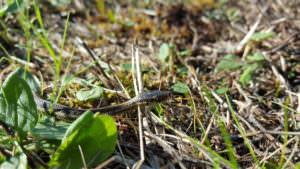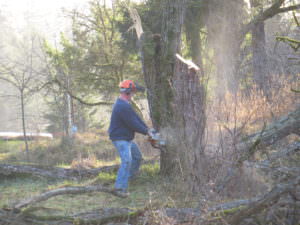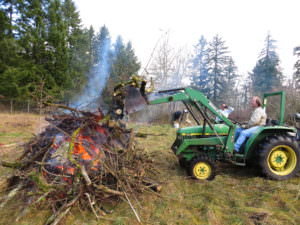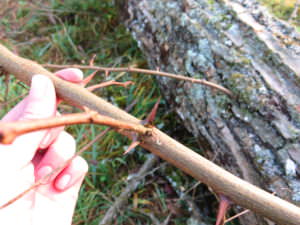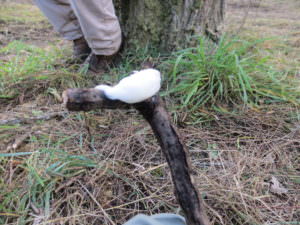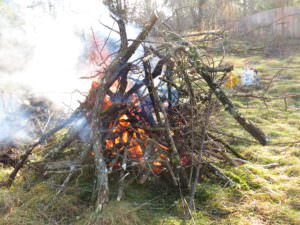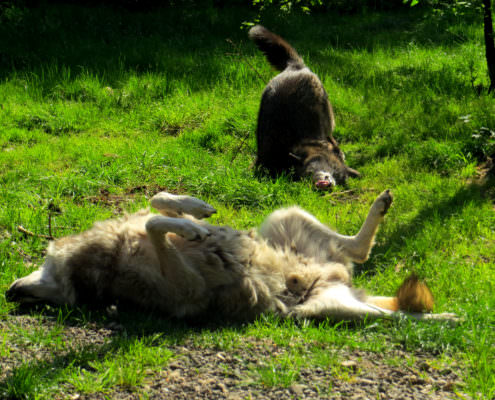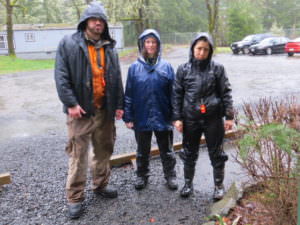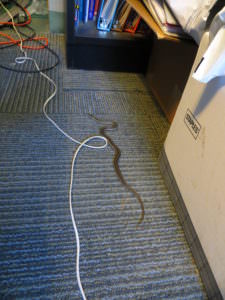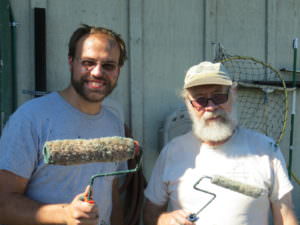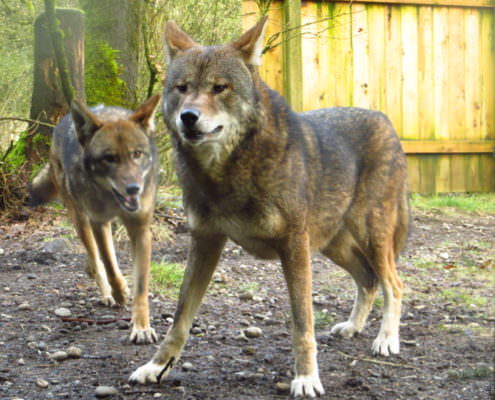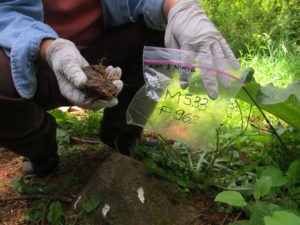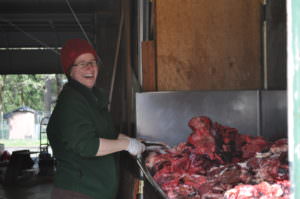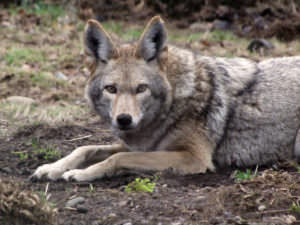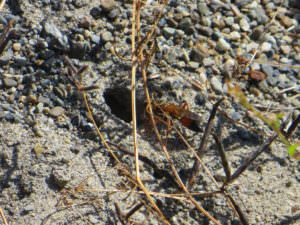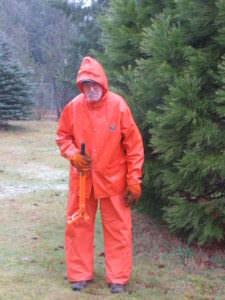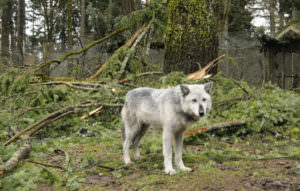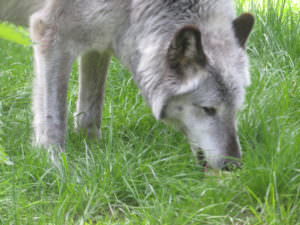Speak Up for Wolves in Alaska
“If we leave wolves alone, we’ll be the ones to benefit.” Marybeth Holleman
This guest Call to Action is by Marybeth Holleman, co-author of the book Among Wolves – Gordon Haber’s Insights into Alaska’s Most Misunderstood Animal. Ms. Holleman has also written a wonderful opinion page – Just Like Us, Wolves Need Family to Thrive- which painstakingly recounts the fatal flaws in the US Fish and Wildlife proposal to delist the gray wolf.
“Wolves go to great lengths to stay with family; when important members are lost, families can disintegrate and remaining individuals often die.”
Among Wolves: What You Can Do by MaryBeth Holleman
Ask State of Alaska and U.S. Department of Interior to work together to create a permanent protective buffer for Denali’s wolves on state lands along the northeastern borders of Denali National Park. Ask for this “win-win” solution: that the State of Alaska transfer a permanent no-take wildlife buffer conservation easement east of the national park to the federal government, in exchange for the federal government transferring a like-valued easement, or federal surplus property, or purchase value, to the State of Alaska. A no-take buffer northeast of the park is the only way to rebuild and then sustain Denali’s wolf populations.
Write to:
Governor Sean Parnell: governor@alaska.gov
Don Striker, Denali National Park Superintendent Don Striker: don_striker@nps.gov
Interior Secretary Sally Jewell: secretary@ios.doi.gov
copy:
Jon Jarvis, National Park Service Director in DC: jon_jarvis@nps.gov
Joel Hard, NPS Alaska Deputy Regional Director: joel_hard@nps.gov
Cora Campbell, Commissioner, Alaska Dept. of Fish and Game: cora.campbell@alaska.gov
Joe Balash, Commissioner, Alaska Dept of Natural Resources: joe.balash@alaska.gov
“Whenever an alpha wolf was shot or trapped, it set off a cascade of events that left most of the family dead and the rest scattered, rag-tag orphans.”
Ask Secretary of Interior Sally Jewell to condition the annual transfer of federal funds to state wildlife agencies – through the Pittman-Robertson Federal Aid in Wildlife Restoration Act – upon the state cooperatively managing wildlife around federally protected areas, such as national parks and wildlife refuges. Alaska received $49 million from the Dept. of Interior just this year, most of it going to the ADFG Game Division, which conducts “intensive management” (predator control) that subverts national goals of wildlife conservation and restoration.
Write to:
Interior Secretary Sally Jewell: secretary@ios.doi.gov, feedback@ios.doi.gov
copy:
Jon Jarvis, National Park Service Director in DC: jon_jarvis@nps.gov
Joel Hard, NPS Alaska Deputy Regional Director: joel_hard@nps.gov

